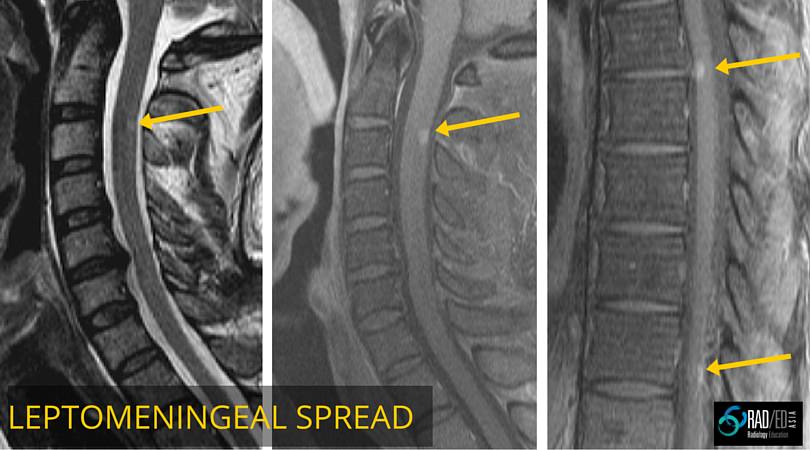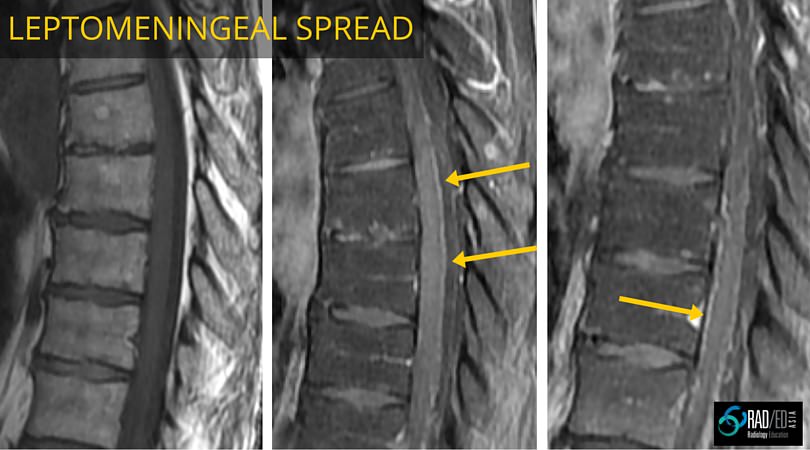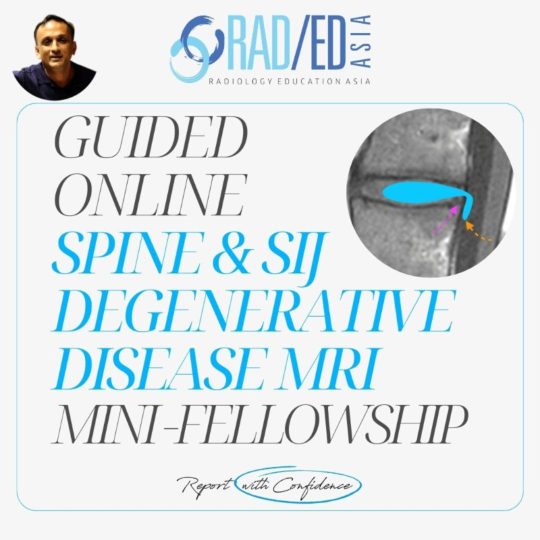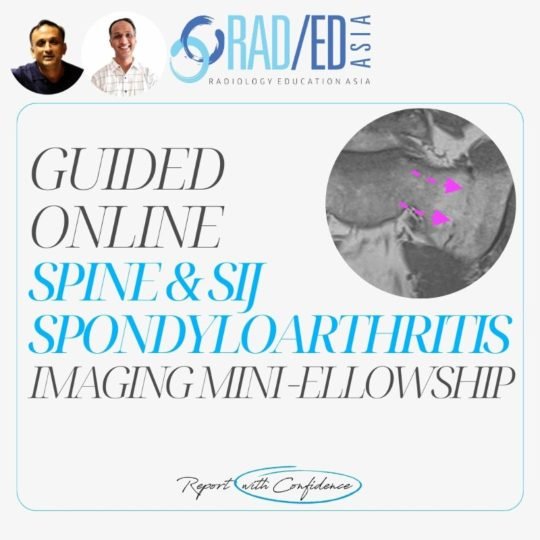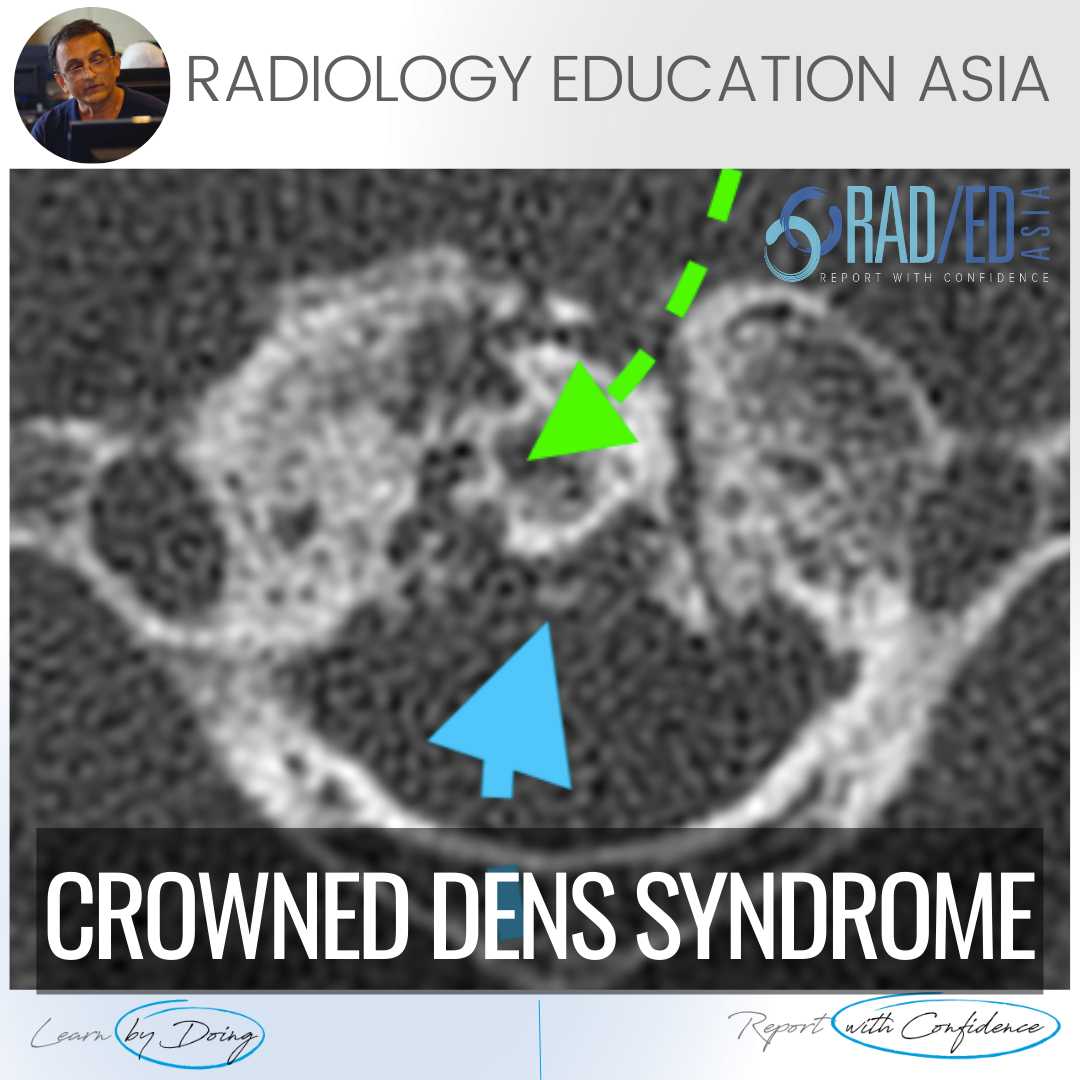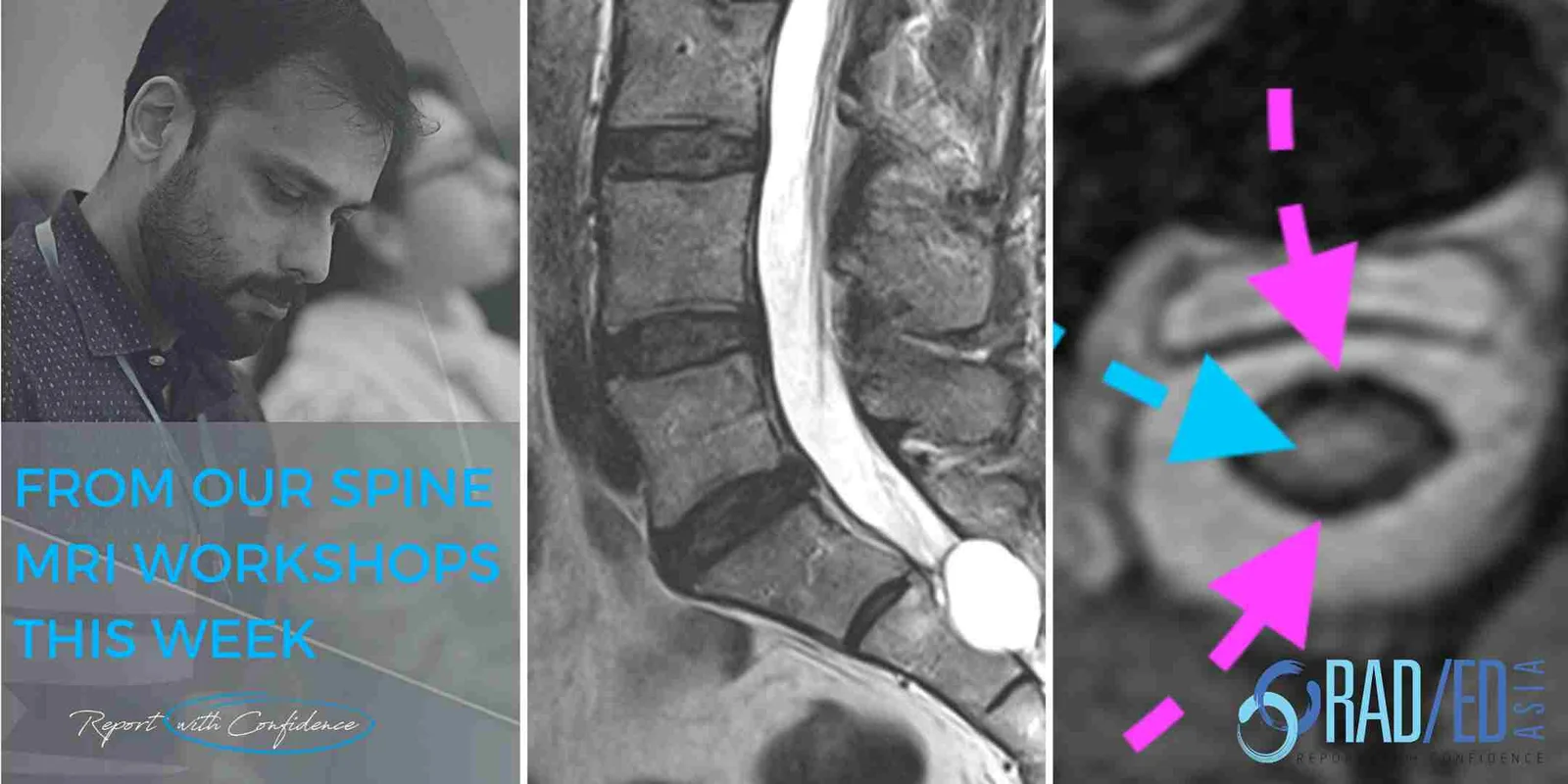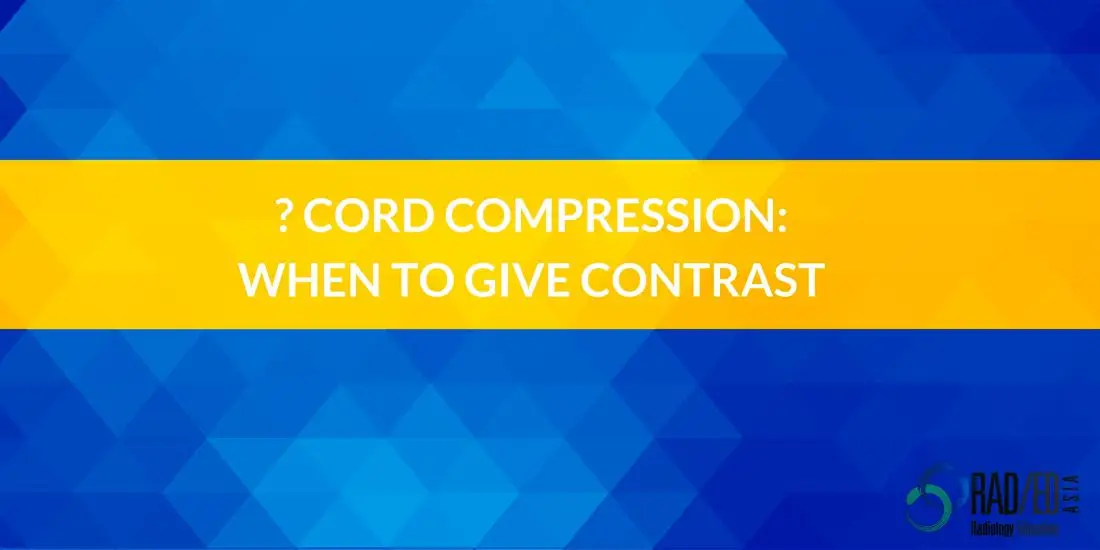
MRI SPINAL CORD COMPRESSION : WHEN TO GIVE CONTRAST (UPDATED 2021)
MRI SPINAL CORD COMPRESSION. MRI LEPTOMENINGEAL DISEASE ENHANCEMENT
When you get a referral for a patient with KNOWN carcinoma for ” MRI? cord compression”, when do you give contrast?
There is a wide variation in when contrast is given for patients who come in with known malignancy and neurological symptoms. Often, contrast is not given when it is required.
Take a fairly common request. “Patient has breast cancer. New lower limb neurology? Spinal cord compression”
The usual routine would be to do a Sagittal T1 and T2 of the region of concern and
- If no abnormality is seen, often that would be the end of the scan with no contrast given.
- If there is cord compression say from a pathological fracture or visible epidural tumor, the patient would get contrast.
If you see a cause for the patient’s symptoms such as a pathological fracture compressing the cord the most important thing to then do is a screening T2 scan of the entire spine, as there may be multiple sites of compression that also require treatment.
Contrast can then be given to completely exclude leptomeningeal lesions.
![]()
- In someone with know malignancy, if you don't see an obvious cause for symptoms on the non contrast scans, make sure you give contrast to exclude leptomeningeal metastases.
- If you see cord compression, concentrate on the area of compression BUT make sure there is a screening scan of the whole spine done, as there may be multiple areas of compression that require treatment.
- Always do a screening T2 sagittal scan of the remainder of the spine to ensure there is no other site of compression.
Learn more about this condition & how best to report it in more detail in our SPINE & SIJ Imaging Mini Fellowships.
Click on the image below for more information.
- Join our WhatsApp RadEdAsia community for regular educational posts at this link: https://bit.ly/radedasiacommunity
- Get our weekly email with all our educational posts: https://bit.ly/whathappendthisweek


